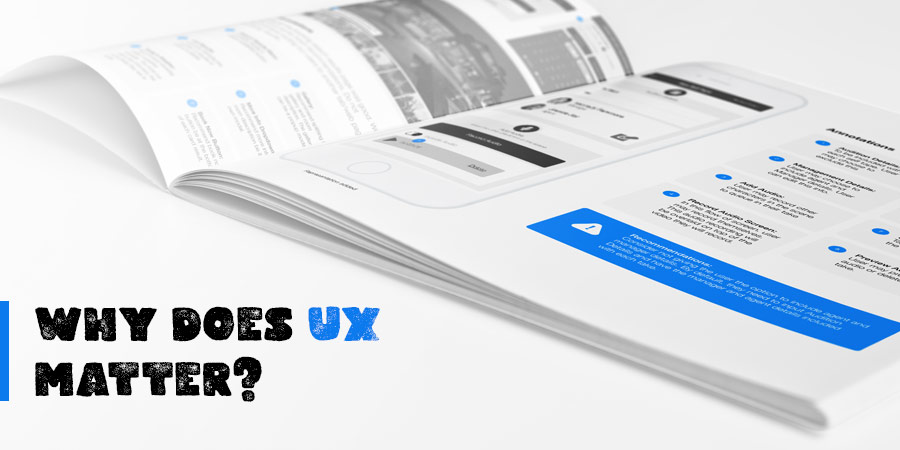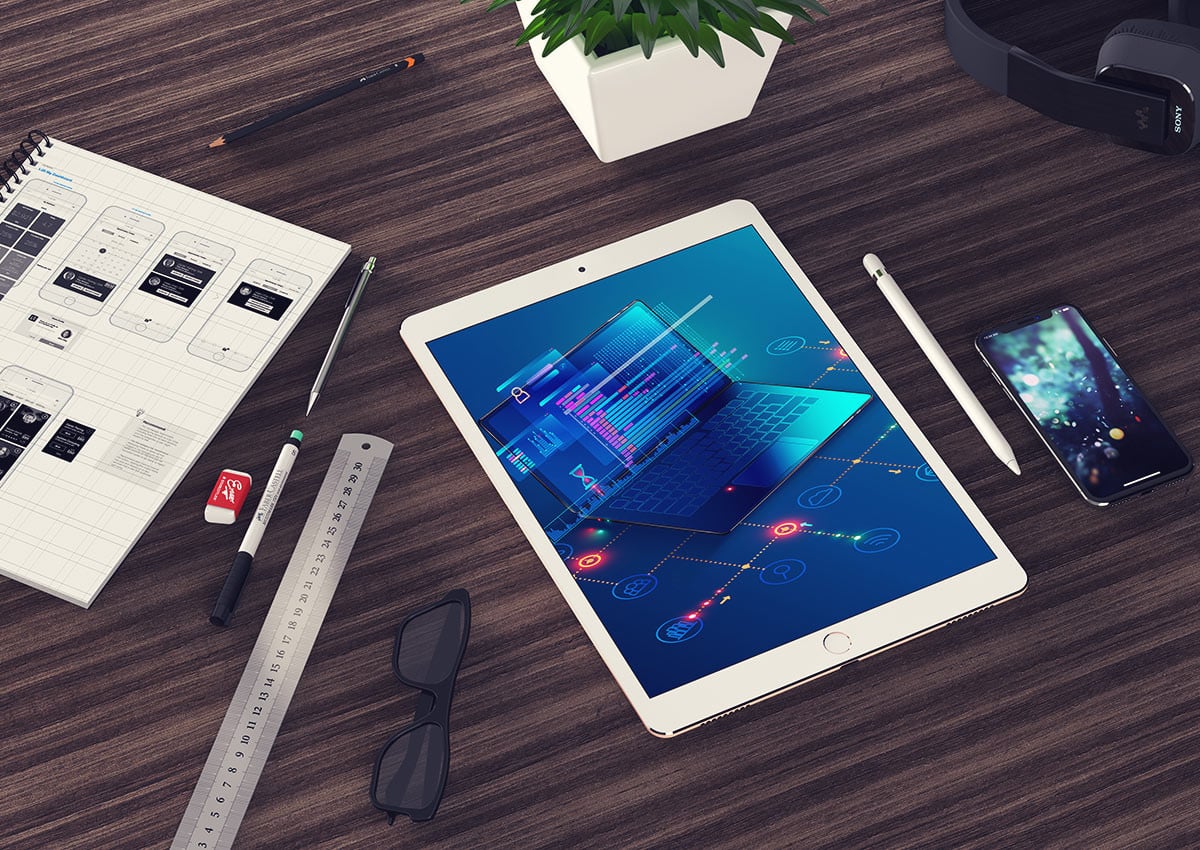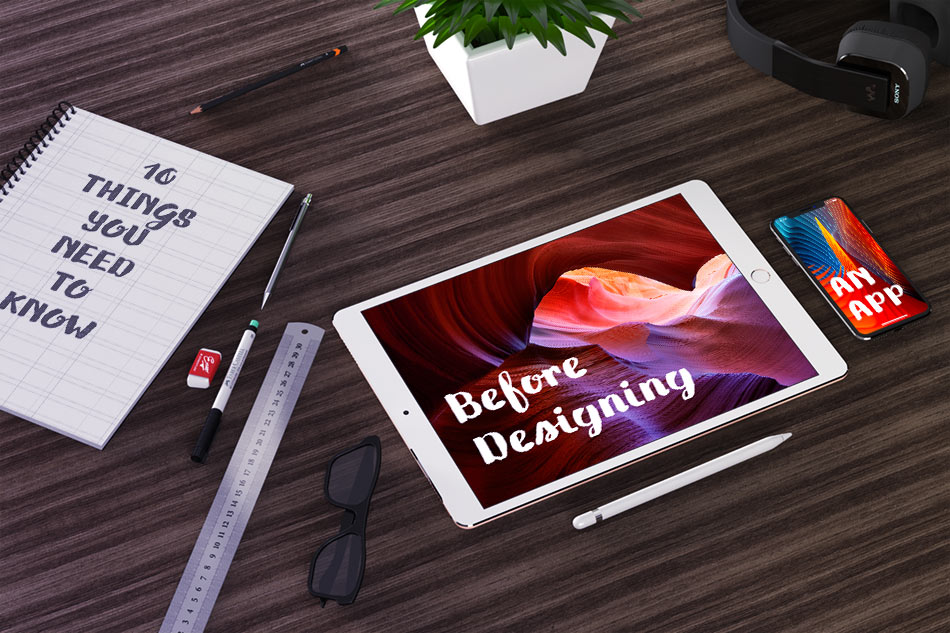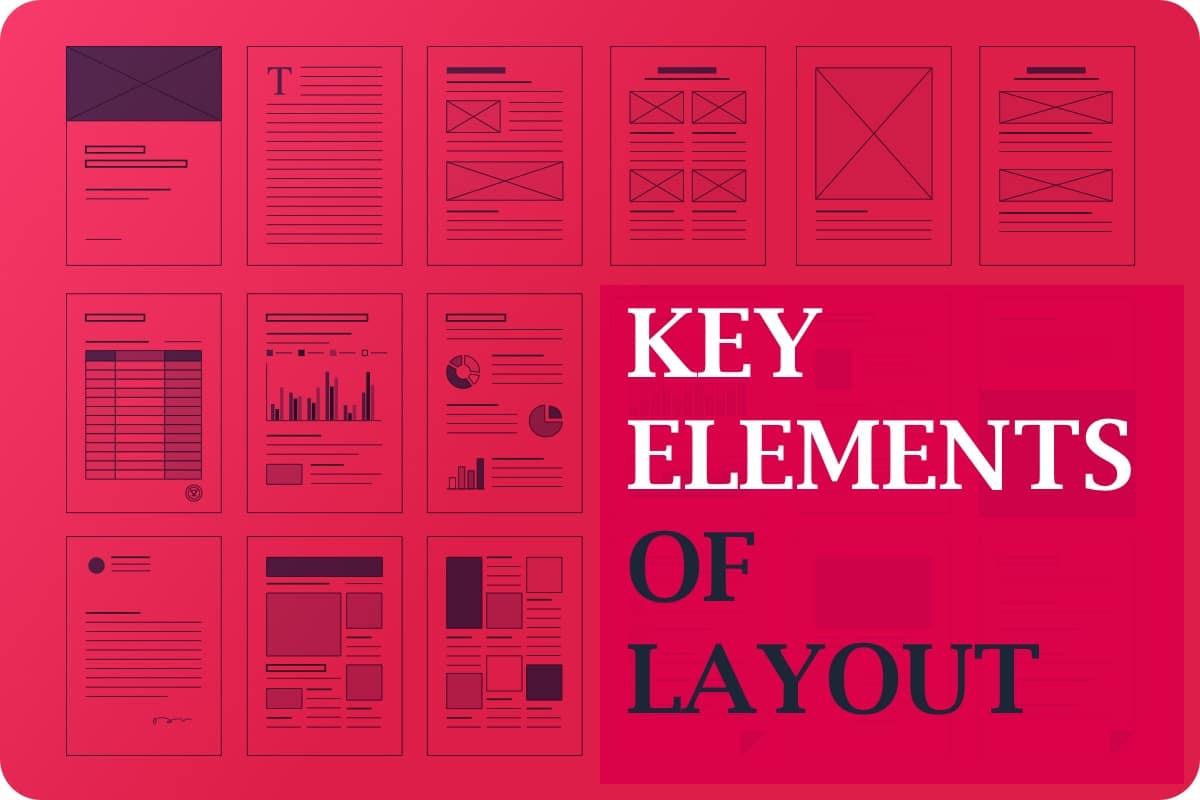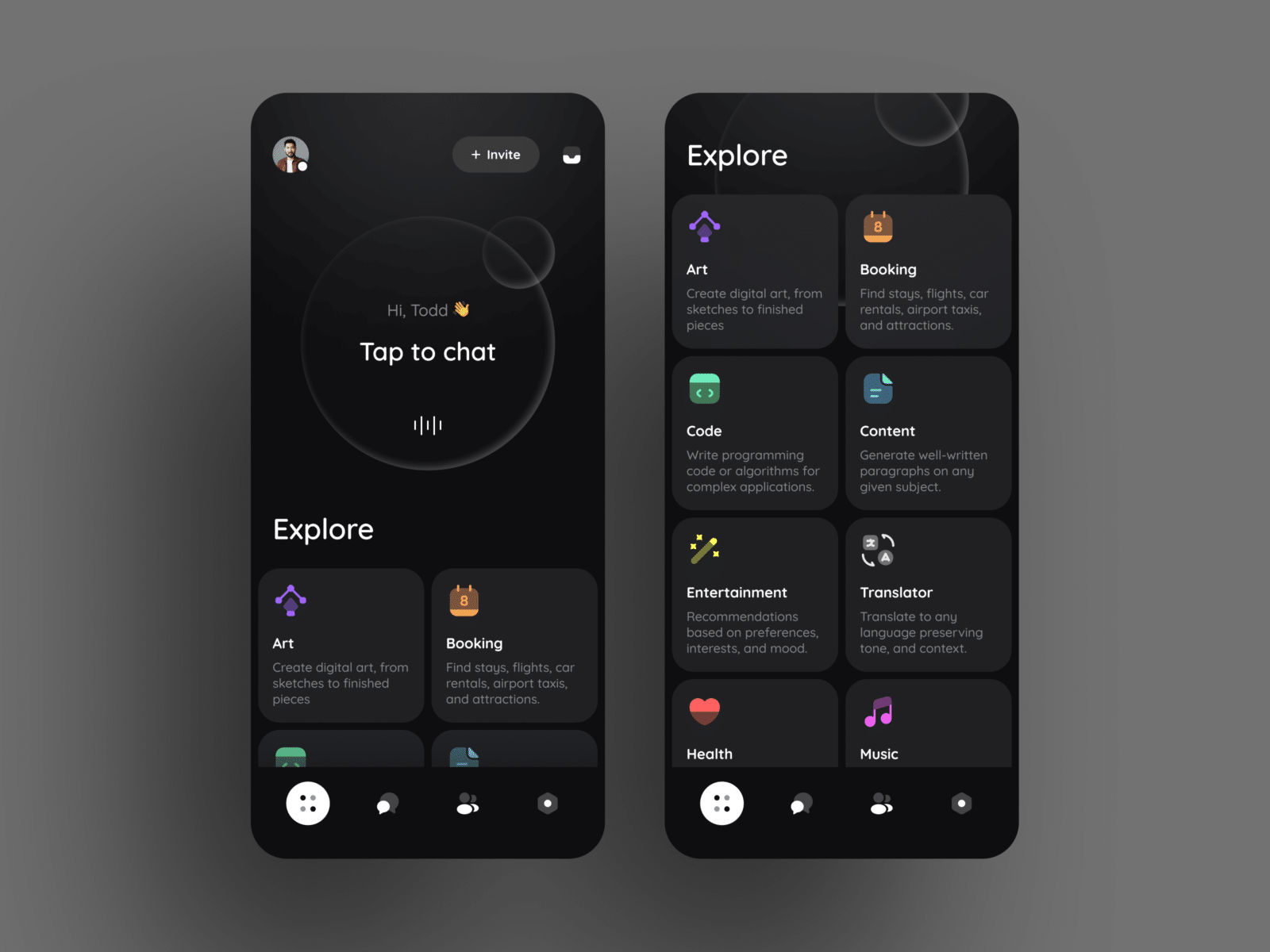User Experience Design (UX) is an art.
User Experience, or UX for short, is an aspect of design that every ambitious designer should care very deeply about. The irony of UX is, if it is well done, your users will have such an easy time using your product that your good design will hardly be noticed. On the other hand, poor user experience stands out like a sore thumb. If your users are confused by your product, or it is unreliable or loads slowly, they will find avenues to vent about the extremely poor UX they have experienced. User experience is that one aspect of design that you will almost never hear about unless something goes horribly wrong. This is why all digital products should strive to give the most positive and convenient user experience possible. Integrate design UX into your product’s design process from conception to the final product, because it matters.
We all strive for the most positive of user experiences with the digital products we create, but often this high-level sense of ease comes from trial and error after trial and error. Nothing is perfect from the get-go. In many cases, we’re not even aware of the bumpy road until we get the feedback from an outside source directly.
Good design UX is a process. It takes time to come up with a product that works almost perfectly. You will have to design and put out version after version and work out the kinks based on the feedback from your users. This is one of the reasons why a website and app design need constant updating. Since each person experiences their own unique UX, it is these iterations and constant improvements that make for good design.
Design UX includes a wide variety of factors. Most notably, these include:
- Overall human interaction
- Design/aesthetics
- Utility
- Marketing
- Performance
- Accessibility
- Ergonomics
- Usability
These factors directly affect and influence the nature of the experience your users will have with your digital products, such as your websites or mobile app designs. Additionally, some of them can be controlled by designers while others are outside their realm of control, being determined by such aspects as a user’s own unique preferences.
An important distinction to make at this point is the distinction between design UX and usability. UX is not usability. It is connected to usability but at the same time separate from it. Design UX includes a user’s entire range of experience, including their emotions, intuition and the connections one makes when using your product. Usability, on the other hand, involves the overall effectiveness of your product. How user-friendly is it? How does it make your users feel? Is using your product worth their time?
A product that has a great user experience will have repeat clients. This just means that your audience will keep coming back because they enjoyed the experience they had with your product. A bad product will lose clients, and a good product will retain clients and bring new ones. It’s that simple. User experience is essentially that first impression a client gets of your product. And we all know how first impressions can make or break relationships.
So Why Does a beautiful designed UX Matter?
It does not really matter how good or how pretty your product is. If your users do not understand how to interact with it, it has already failed. This is just how big a deal UX is. Your users need to understand your product, and they need to enjoy interacting with it.
Good UX is important for all types of digital products. However, it plays an even bigger role in determining the success of some types of digital products. Some of these products include startup sites, small budget projects, complex sites and applications, interactive sites and sites that need to last a long time such as social media sites, and retail and online sales sites. These types of products need users to be able to quickly navigate the site/app and understand how it works, and how they can get what they need from it. Neglecting UX in the site design or app development will almost certainly result in a sloppy site that no one will ever come back to.
Most startups require investor funding. Investors want to see a product they can believe in. And what better way to show this proof to your investors than by having thousands of happy users already loving your product? One of the easiest ways to get these users to love your product is through good UX design. If your users have an easy time using your site/app, they will stay, and your product will gain popularity. And that equals investor trust.
Similarly, companies with limited budgets need to understand the importance of UX. Good UX will move the business forward. Studies have shown that the average user spends about 40 seconds on a site before deciding whether it is worth their time. This means you have about 30 seconds to make a good first impression, and convince your users that the product you are offering is what they need to get.
If your site requires users to make purchases or online sales, then it falls into the category of some of the most complex sites to design. It has to look good, be well organized, and guide users on how to make secure purchases. Plus, users have to get what they need with the fewest number of clicks possible. If you want it to last for a long time, you would also need to design it with that in mind. The beauty of it though is that if it works really well, it will seldom need to be updated. Sites like Amazon.com have lasted for years on the same basic UX.
Social media sites or apps and interactive applications need to retain users and make them stay on the platform for as long as possible. The only way to get the longest stretch of time per instance for every user is to make their experience on the platform as pleasant and entertaining as possible. The primary way to achieve this feat is through UX. Good UX means success in the social media space. Bad UX often spells the end of that product. Just think of MySpace and their slow-loading profile pages with personalized music.
If you have a small business, your website is the first line of contact that you will make with many of your clients. This means it is how you will make that uber-important first impression. First impressions are really important if you want your business to last, especially today where most people do their research online. If your potential clients love what they see online or on your app, there is a higher chance that they will become actual clients. Good traffic converts to new clients, and your business needs a constant stream of clients to survive.
Just as good art speaks differently to different people, great UX creates unique experiences for different people. How one person experiences your web design or app development will be different from how someone else uses the same products. This means they will have different experiences using the same product. As a product’s creator, it is easy to fall into the trap of having a narrow-minded view of your product and the exact experience it offers. This is why it is so important to step off your pedestal and get feedback from your actual users, and cater to their needs. Seek the experience from another person’s point of view. This will help you understand your brand and product better and implement changes that will make everything improve. You will understand what it lacks and how it needs to change.






